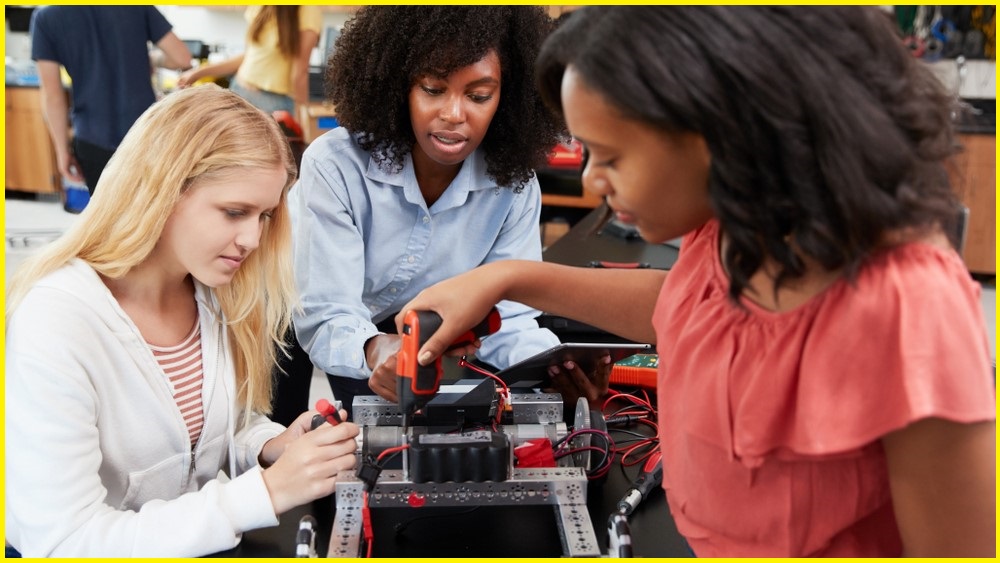Urgent action is required to improve diversity in STEM to meet significant workforce demands in Australia, according to two new reports.
The federal government has released the STEM Career Pathways report and the Pathway to Diversity in STEM review, with both aiming to assist Australia in meeting the growing demand for STEM skills.
Both reports shone a spotlight on the need to break down barriers to diversity in STEM to meet these demands, Science and Technology Australia CEO Sandra Gardam said.
“Science, technology, engineering and mathematics skills and workers play a crucial role in the country’s workforce, and this is only going to increase,” Gardam said.
“Together, these two reports provide essential insights on what Australia needs to do to support a growing STEM workforce.”
Minister for Industry Ed Husic said there is a need to increase Australia’s STEM workforce to support sectors such as renewable energy, critical minerals, and quantum.
“The Albanese government is committed to increasing diversity in the STEM sector so more Australians can go on to secure well-paid jobs,” Husic said.
“These reports recommend new pathways to get more women and people from diverse backgrounds into STEM careers.
“We need more people skilled-up to make the most of the opportunities in the growing science and technology jobs market.”
The STEM Career Pathways report included a survey of nearly 3,500 people working in STEM, and was conducted and written by Science and Technology Australia on behalf of the Prime Minister’s National Science and Technology Council.
It found that those working in STEM are committed to their careers but face multiple barriers, including unstable and insecure work and long hours.
The report found that job insecurity is a significant barrier for retention in STEM fields, particularly for women.
Of PhD graduates who have been in the workforce for 15 years or more, a quarter are on fixed-term contracts, with short-term research funding damaging workplace culture and job satisfaction.
The survey found that women are less likely to have permanent full-time work in STEM, and are more likely to be on fixed-term contracts, with just under 80 per cent of men on permanent full-time contracts compared to less than 60 per cent of women.
“To meet our urgent workforce needs, not only must Australia expand the number of people acquiring STEM qualifications and entering our STEM workforce, we must also get better at retaining people in STEM careers,” the report said.
“Forging stronger connections and talent movement across the breadth of Australia’s STEM sector will help to achieve this goal: diverse and interesting candidates are a wellspring of both innovation and talent retention.”
The Pathways to Diversity in STEM review made a number of recommendations to the government aiming at charting a path to boosting diversity in the sector.
The 11 recommendations are based on a year of public consultation, led by panel chair Sally-Ann Williams and members Mikaela Jade and Parwinder Kaur.
“The recommendations in this report reflect the urgency of supporting and retaining diverse people in our existing STEM workforce,” the final review said.
“We cannot afford to lose anyone.
“We must harness the potential of all people with a curious mind, a spark for problem-solving, and a keenness to build up and change our world.”
It has urged the government to establish a dedicated advisory council to guide it on the issue and push for change, along with alterations to grant and procurement processes for STEM-related programs.
The review also recommended enhancements to the current women in STEM program suite, and the establishment of programs for underrepresented cohorts in the sector.
The review is based on conversations, interviews, and workshops with 385 individuals and 94 organisations, and 300 written submissions.
It said that a long-term strategy focusing on improving diversity in STEM will “drive coordinated and impactful actions to increase diversity and inclusion of all people currently underrepresented in STEM education and jobs”.










